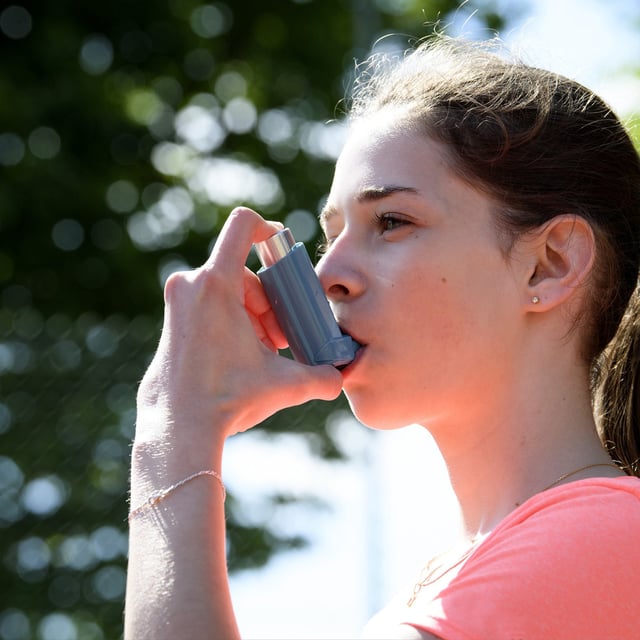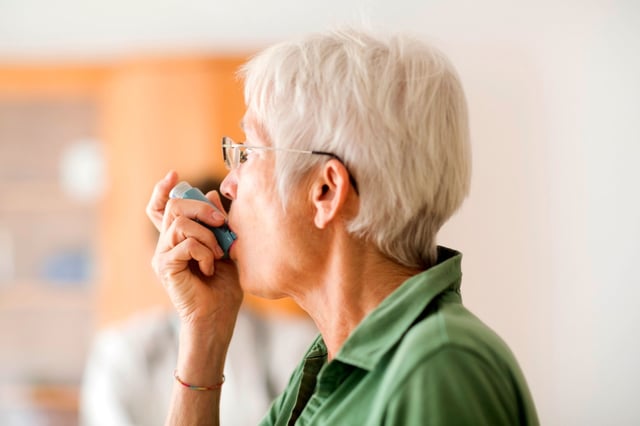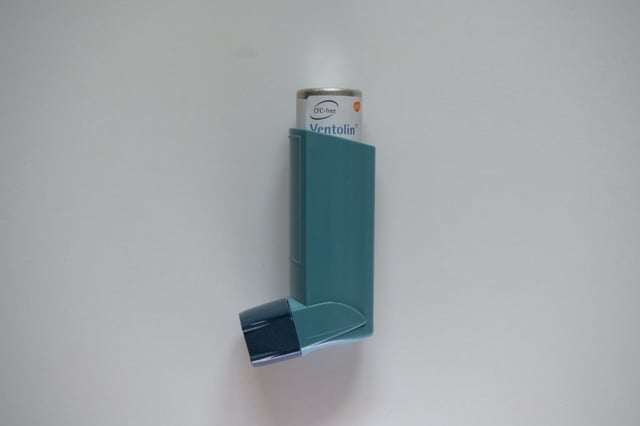Overview
- Analyzing 1.6 billion prescriptions from 2014 to 2024, researchers estimated 24.9 million metric tons of CO2e over the decade, with annual emissions rising about 24% from roughly 1.9 million to 2.3 million metric tons.
- About 98% of inhaler-related emissions were linked to metered-dose inhalers that use hydrofluoroalkane propellants with very high global-warming potential.
- Dry powder and soft mist inhalers deliver medication without propellants and represent substantially lower-emission options for many patients.
- The U.S. Department of Veterans Affairs’ prioritization of dry-powder devices was associated with more than a 68% reduction in inhaler-related gases from 2008 to 2023 where substitution was feasible.
- Clinicians and editors highlight barriers to broad switching—young children and some older adults needing MDIs, higher costs and limited U.S. availability—while noting U.S. HFC reduction commitments under the Kigali Amendment and planned studies on outcomes, access, and pricing.


